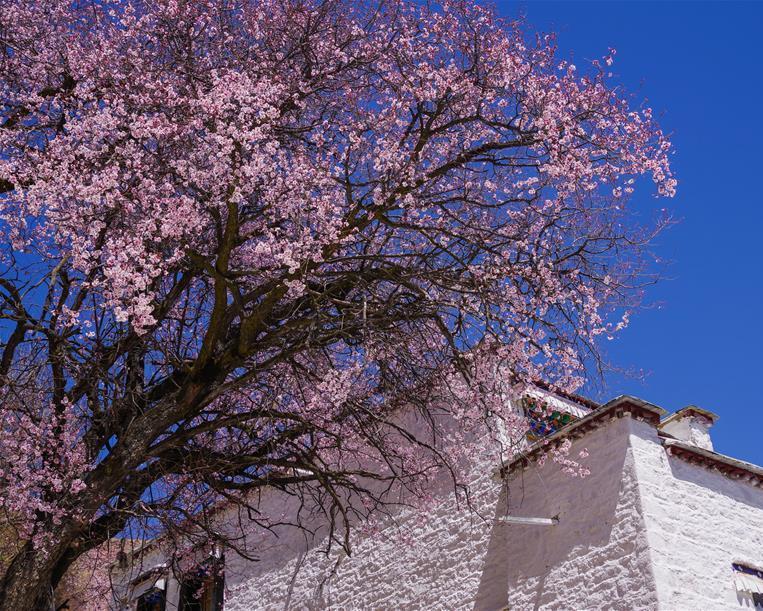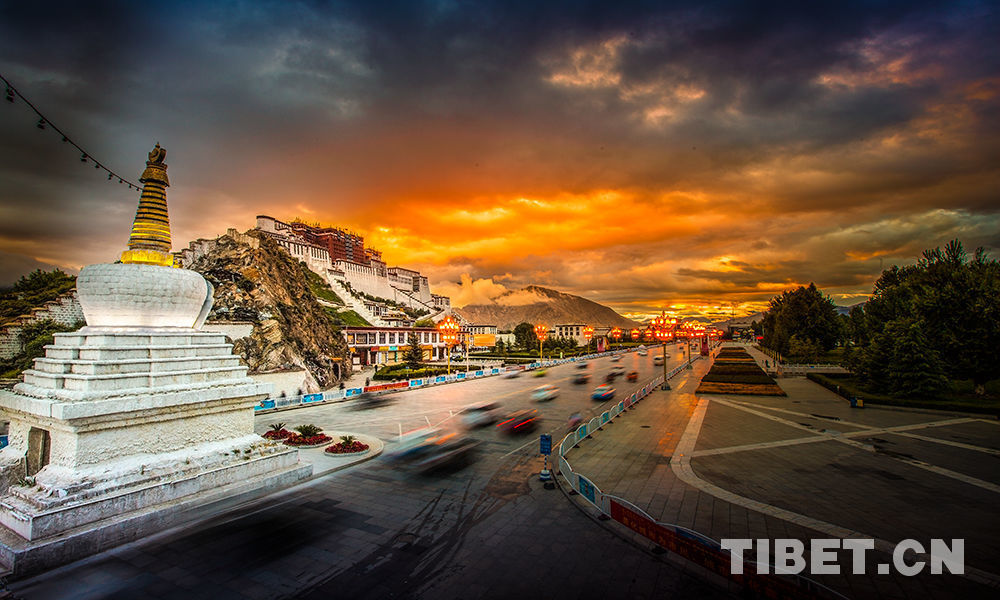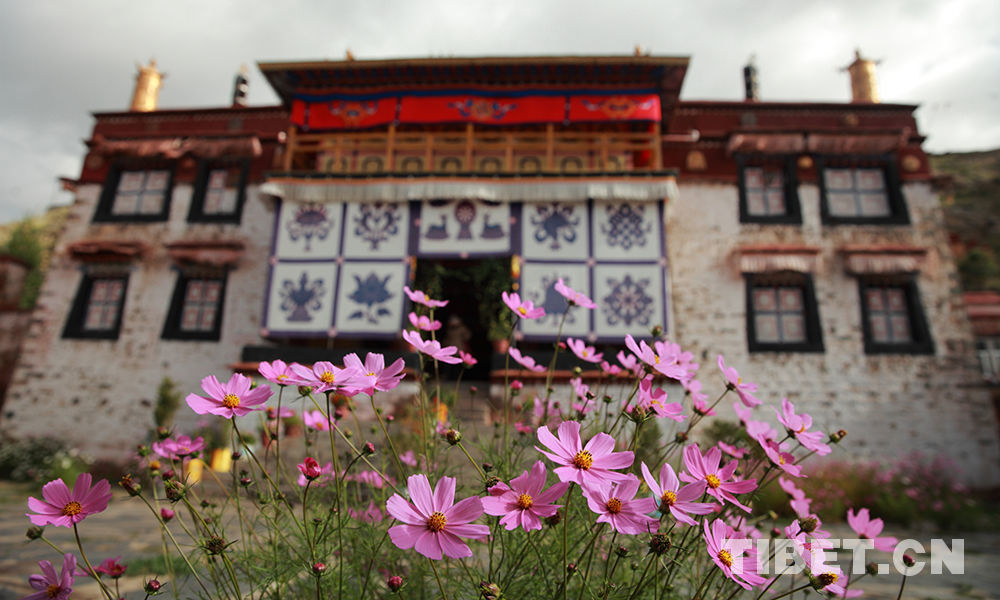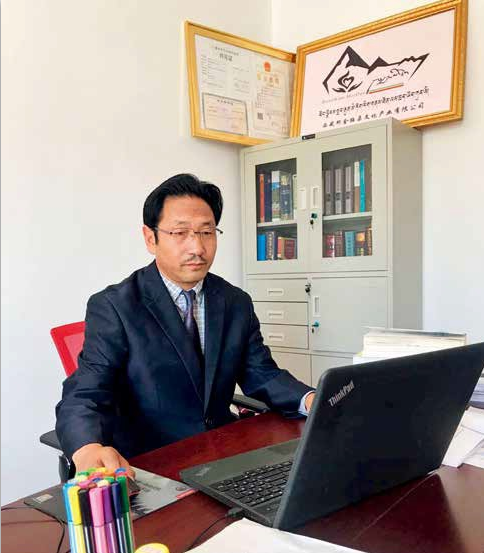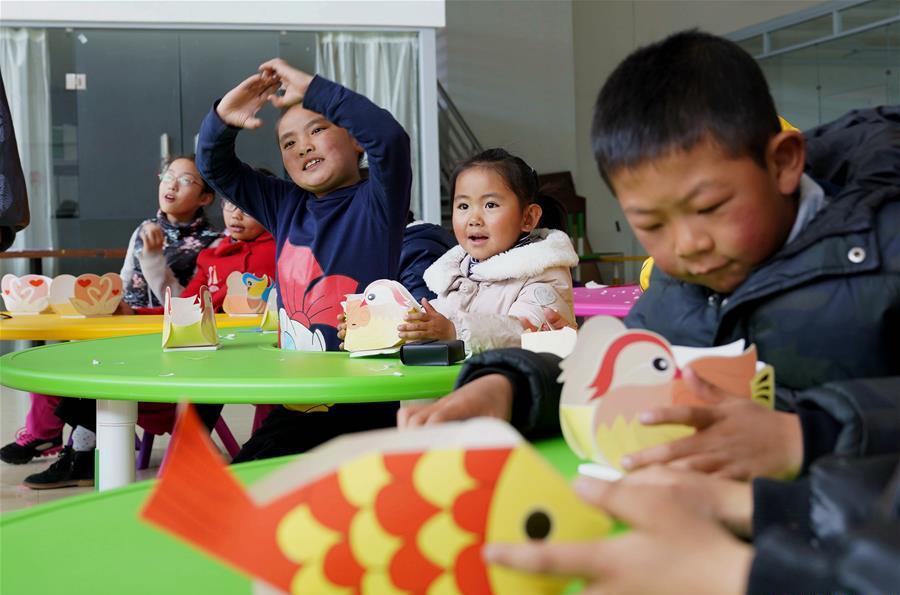Kham’s 1st monastery
![Samphel Monastery [Photo/Baidu] Samphel Monastery [Photo/Baidu]](http://pic02.tibet.cn/wcmdata/webpic/W0201506/W020150609/W020150609623054171743.jpg)
The Samphel Monastery [Photo/Baidu]
In early June, when the Samphel Monastery, renowned as the "first monastery in Kham", embraces the first ray of morning sunshine, monks there begin their daily work.
The Samphel Monastery, short for Ganden Samphel Norbuling Monastery, is located in Xiangcheng (also known as Chatreng) County of Garze Tibetan Autonomous Prefecture, southwest China’s Sichuan Province.
The monastery, built in 1669, is one of the 13 monasteries of Gelug sect founded by the fifth Dalai Lama in Kham Tibetan-inhabited area.
The walls of the monastery imitate those of the Potala Palace. Stretching East to West, the main hall is 6 stories tall and covers 2,001 square meters with 280 pillars on the bottom. Inside the monastery stands a 34-meter-tall statue of Tsongkhapa, founder of Gelug Sect, which is the largest of its kind in China’s Tibetan-inhabited areas.
Exquisite engravings and paintings can be seen everywhere. Different Buddha statues and fauna moldings fill the monastery. Various auspicious symbols in Tibetan Buddhism are depicted in chapiters, girders, and other places.
Because of the magnificent main hall and exquisite engravings and paintings, the Samphel Monastery is hailed as the "first monastery in Kham", said Luorong Phuntsok,a staff of the monastery’s management committee.
The Samphel Monastery was moved there in 1995. During the construction process, since there was no design paper, designs, engravings and paintings of the whole monastery were created by folk artists from Chatreng County. Therefore, the monastery can also be considered as a museum of local folk art, Luorong Phuntsok added
In front of the main hall a devout old Tibetan woman takes ritual walk with a prayer wheel in hand, aiming to pray for safety and good fortune for her family. Some other people throw branches of pine and cypress onto a platform to conduct "Weisang" (a pine branch burning ceremony).
Standing on top of the monastery, people could has a view over the whole valley, which is dotted by exquisite while Tibetan house.
"The large scale of the monastery seated on hillside reminded me of the Potala Palace", a visitor named Liao Peng said.
Near noon the monks sit in the main hall and begin to debate sutras. Around the monastery many tourists and believers take ritual walks, forming a unique scenery.
Your Comment
Name E-mailRelated News
-
;



